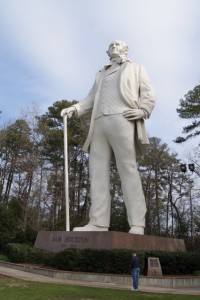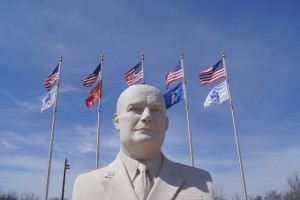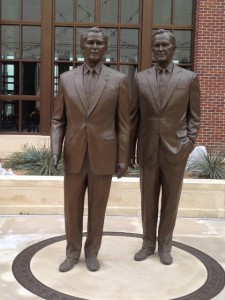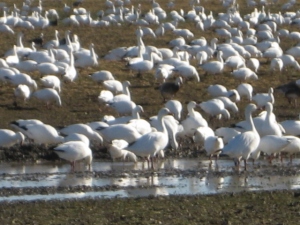If you are looking for a trip over spring break but don’t want to go too far afield, consider a trip to Historic Washington State Park in Arkansas. The park is actually the set of historic buildings that comprise Washington. The nineteenth century town transports visitors to the 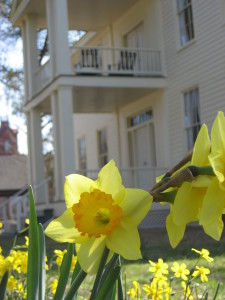 past when great western pioneers like Sam Houston, Davy Crockett, and Stephen Austin traveled the Southwest Trail.
past when great western pioneers like Sam Houston, Davy Crockett, and Stephen Austin traveled the Southwest Trail.
Washington History
Originally a supply depot along the Southwest Trail, Washington grew into a major town in the 1830s. In its heyday the town boasted 16 doctors, 17 lawyers and three hotel keepers along with a host of craftsman and merchants — impressive for a frontier settlement.
It’s this golden age – 1830 through 1880 – Historic Washington State Park captures with its living history exhibits and reenactments. Over a dozen buildings have been restored including the 1836 Courthouse that served as Arkansas’ State Capital during the Civil War; a tavern purportedly where Houston, Crockett and Austin planned the liberation of Texas from Mexico; Greek-Revival styled homes built in the mid 1800s; and even a log home circa 1835. Other buildings like the blacksmith shop are reconstructions.
The 1874 Hempstead County Courthouse houses the park visitor center. For a nominal $8 (children are just $4), visitors can take a walking tour through several of the historic buildings. Costumed docents at each building bring history to life with stories of Washington’s past. Allow at least three hours for the walking tour. Not all buildings are open each day, but visitors will be able to tour at least eight of the historic structures.
What you’ll see
The 1920 Print Museum is a favorite with its functioning antique printing press. First published in Washington in 1839 the Washington Telegraph is the oldest, continuously published weekly newspaper in Arkansas.
The legendary Bowie Knife was made by Washington resident James Black, a silversmith, for frontiersman James Bowie. Visitors learn more about the Bowie Knife and blacksmithing at the blacksmith shop.
Those interested in antique weapons will want to visit the B.W. Edwards Weapons Museum. Housed in the Old Bank Building, over 600 historic rifles and pistols are on display.
Other historic buildings provide visitors with a glimpse into everyday life. Homes of prominent Washington residents are furnished as they would have been in the mid 1800’s.
In addition to the walking tour, Historic Washington State Park hosts several reenactments throughout the year including a Civil War Weekend in November. A favorite time to visit the park is in March when thousands of naturalized jonquils create yellow flowering carpets throughout the town. The park’s Jonquil Festival, a three-day event with craft fair, is in mid-March.
When you go
Before you leave the park, be sure to dine at the Williams’ Tavern Restaurant. Located in a historic 1832 building, Williams’ Tavern serves southern food at affordable prices. The restaurant is on the grounds and open daily for lunch from 11 a.m. until 3 p.m.
Historic Washington State Park is located eight miles northwest of Hope, Ark., on Highway 278. The park is open daily from 8 a.m. to 5 p.m.

